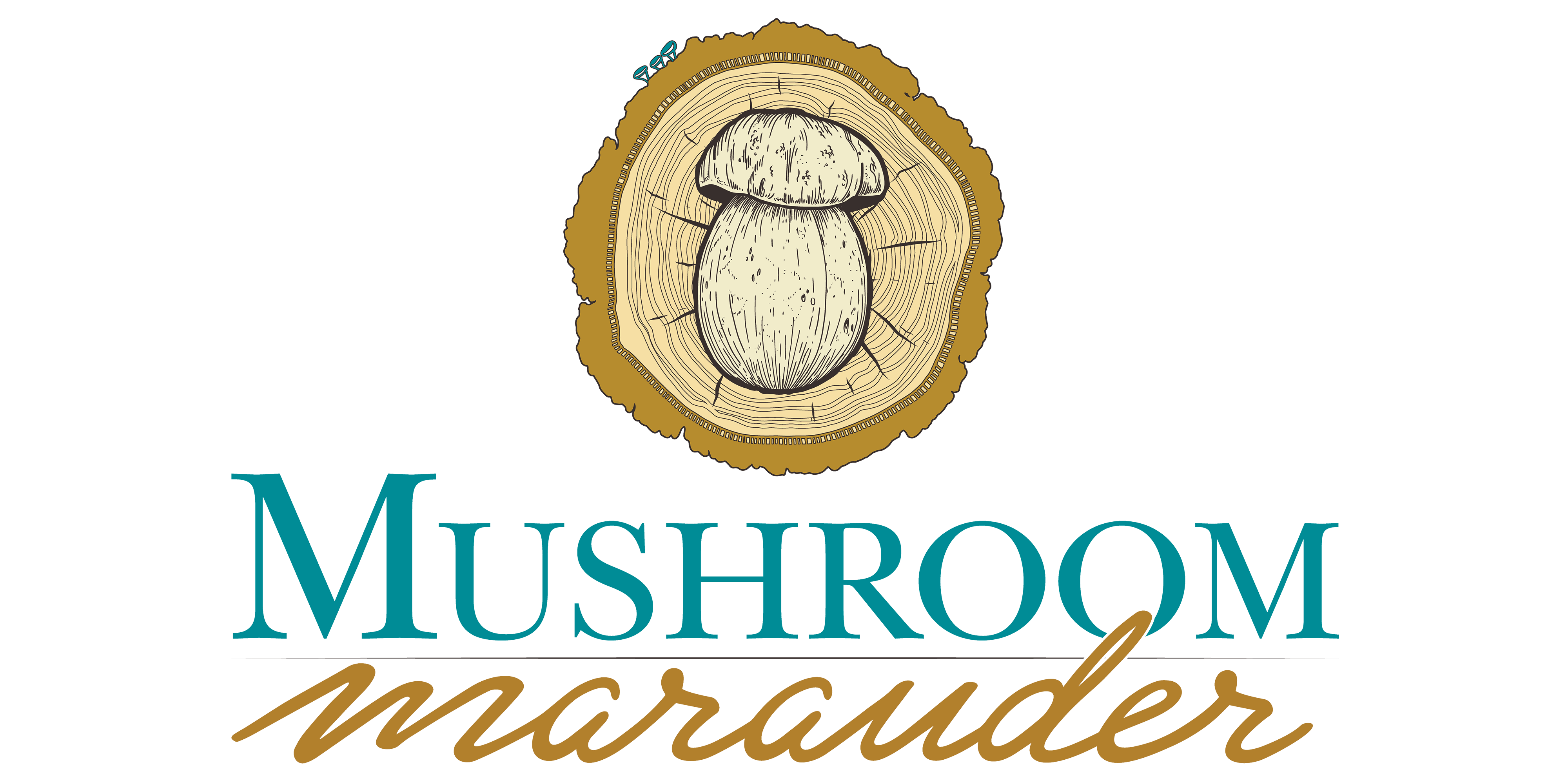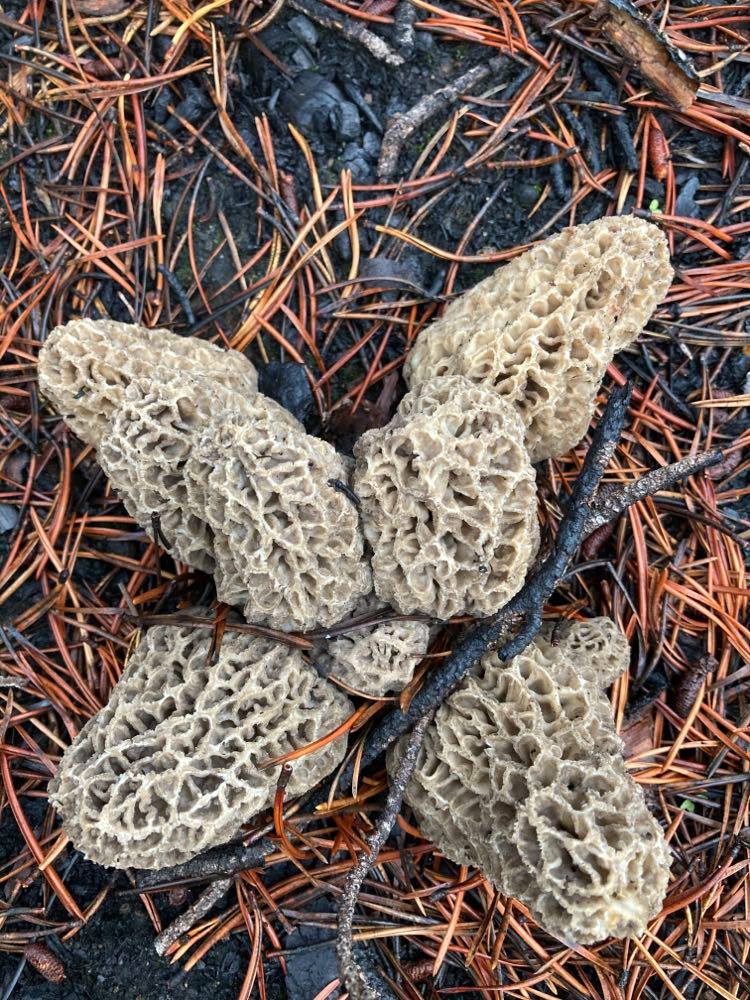Disclaimer: Foraging mushrooms is not a game. Never eat any wild mushroom unless it has been 100% identified as edible by someone qualified to do so. Morel mushrooms are toxic raw. Some people cannot tolerate them even properly cooked. As with any wild mushroom that you haven't had before, cook thoroughly and try a small amount the first time to test for intolerance.
Hey there, Alaskans! My name is Adam McCrae, and today we'll be going over three of the more common morels in Alaska, and how to go about finding them.
Generally speaking, a good way to find morels is to locate the trees that they grow near the roots of. Morels are complex, but they are known to be mycorrhizal (associate with the roots of trees) to some degree. Thus, your chances of finding a species of morel goes *way up* if you can locate the trees that it likes to grow with.
You can use resources like iNaturalist.org to locate the species of tree that you're after, or even use it to locate observations of the species of morel itself! (Very few morel hunters will give up their good grounds on iNat, though) Using the ground view of Google maps is a decent way to scout for the trees that you're after, just zoom all the way into the road and then look left and right at the trees.
Use these tactics alongside an app like OnX Hunt or Gaia maps to make sure you're not trespassing, and you're light years ahead of anyone who blindly went searching for morels 20 years ago and then gave up for a decade, like myself.
It's definitely worth noting that the vast majority of morel mushrooms found in Alaska are burn morels: the morels that show up in spring the years following a forest fire. Usually, the first year after a fire produces the most, and the next couple years after that usually produces morels to some degree as well.
To find maps of burnt forests near you, you can use this BLM map of Alaska wildfires, just click on the "Fire History" section, and then you can see all the fires of Alaska. Click on any individual fire to see when it happened, and search for fires within the past 3 years. Alternatively, you can pay for the premium subscription to OnX hunt which gives visible fire layers, or Modern Forager also has a set of fire maps for morels available that includes Alaska.
Morel mushrooms also have a tough time growing in the western half of Alaska, so keep to the central/eastern half of the state to increase your chances. Southern Alaska also has more morels than the Northern Half. Generally speaking, the best area for morels in Alaska is the South-Eastern area. The forests and mountains near Anchorage have the most observations for morels in a concentrated area on iNaturalist.
#1: Morchella tomentosa (Grey Morel, Fuzzy Foot Morel, Black Foot Morel)

A plateful of Morchella tomentosa, one of Alaska's most common morels. Photo credit Adam McCrae
This beautiful, finely fuzzy mushroom is my favorite burn morel to find, to eat, to process, and to admire. They are absolutely stunning all the way through their life cycle! Starting out jet-black from toe to tip, they eventually flare into a golden-grey, statuesque treat that has a better shelf life and is less prone to bug damage than any other morel I have picked. You can find Black Foot Morels in burned areas, where they associate with these trees:
- Spruce
- Any Conifer
While that doesn't seem like a very long list, what we're actually looking at the ability to possibly find this mushroom in any recently burnt forest that had conifer trees in it! That's any tree that drops a cone, for those of you who were still pondering the significance. This is both a blessing and a curse, since these mushrooms can look quite like the fallen pinecones around them.
#2: Morchella angusticeps (Black Morel)

Morchella angusticeps fruiting in a burn zone. Photo credit John Smelter
While this gorgeous mushroom does grow "naturally" in other parts of the USA, in Alaska it is found almost exlusively in burn zones. Black morels enjoy associating with various hardwoods, so you can look in burned forests that include the trees:
- Ash
- Tulip
- Cherry
- Aspen
These mushrooms do get quite dark with age, and can look like like the burnt stumps of small trees when looking out across the distance! You can learn to often differentiate the small differences in morel cap shape vs. burnt tree stub from a distance, but you'll likely still be spending a lot of time hiking over to a burnt nub of tree "just in case". 😉
#3: Verpa bohemica (Early Morel, Thimble Cap Morel)

A particularly vibrant, young Verpa bohemica. Generally, the cap color is more brown and muted than this, even at this early stage. Photo credit Adam McCrae
While not considered a "true morel" by many, these mushrooms are just as edible as the other morel species, fruit just before/during the same time period, and are also in the family Morchellaceae, just like other morels. They are widely eaten and sold commercially worldwide, but have a somewhat tainted reputation in the USA due to some conjecture a few decades ago being repeated as fact, and our general mycophobic attitude. You can read all about that, and the edibility status of Verpa, in this wonderful article by Fungi Magazine!
Verpa are a lot like morels, but they have caps that hardly attach to the stem at the very top, and their hollow inner chambers are filled with a cottony, pithy substance. These are some of the only "morels" that you will find in Alaska outside of a burn zone.
Most of the Alaskan sightings of this mushroom are in the general vicinity of Anchorage, where they enjoy growing near the rivers that travel to the ocean from the east. The north side of the Turgain arm, along Highway 1, has observations of V. bohemica for long stretches.

Verpa bohemica with more typical muted colors, standing up above the thick leaf litter. Photo credit Adam McCrae
I won't go into much more detail on Verpa beyond the tree association here, but be sure to check out my blog on How to Find and Identify Verpa if you want to have the edge on finding these "early morels"!
Verpa enjoy growing in sandy soil near riverbeds, in association with these trees:
- Cottonwood
- Willow
- Aspen
Check for Verpa near the base of these trees, especially at the base of other plants like blackberries where the soil is weak and allows the mushroom to break through to the surface. They like to grow in thick leaf litter but generally stand out above it at full maturity.
I love this mockup. This lady's face totally says "I gotta poo". Snag your own hilarious Coffee Makes Me Shiitake Mug today!
Thanks so much for taking the time to read my little blog! I truly hope that it helps you get some morels into your basket this season. Give us a follow on Instagram and Facebook if you enjoyed the reading, and make sure to check out our amazing array of Mushroom Merchandise featuring my wife Suzi's mushroom-themed designs! We sell Stickers, mushroom T-Shirts, artwork Prints and more! Most of it is made right here in our home here in the Pacific Northwest.
May your forays be filled with sunshine and full baskets.
~Adam McCrae


